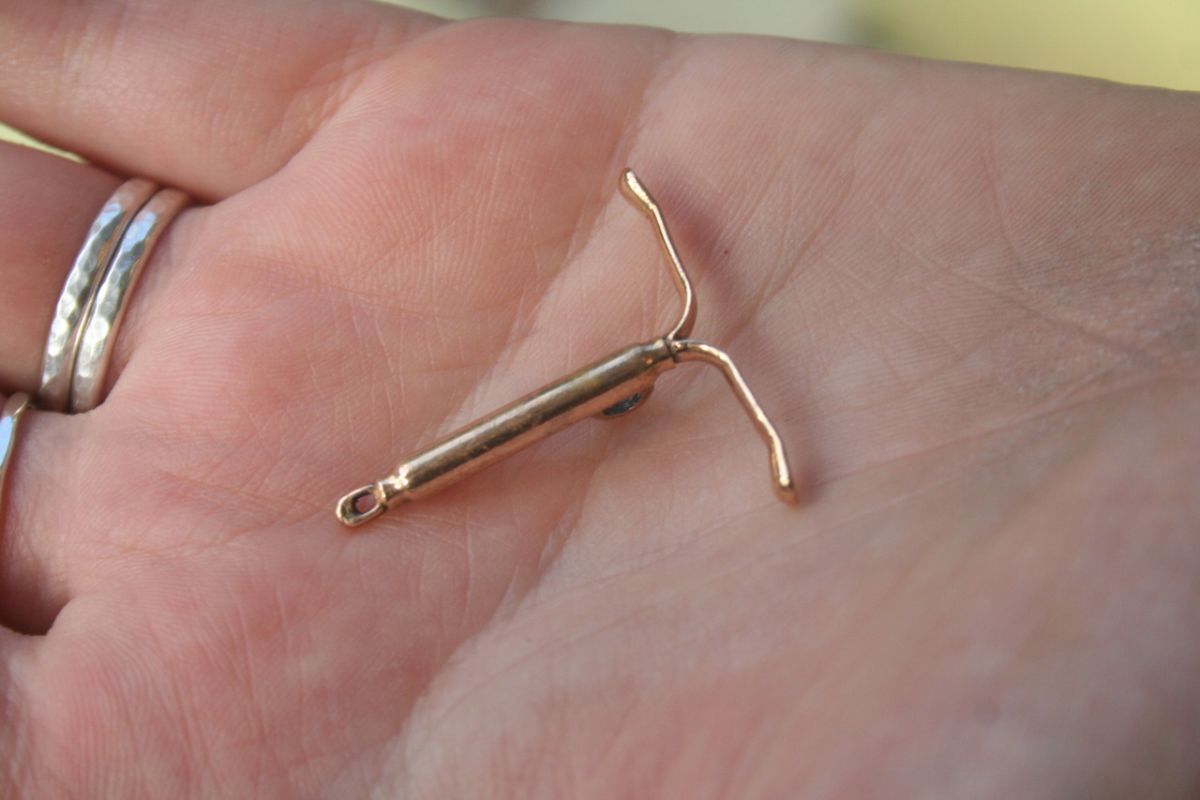Female Contraception: Not as attractive as it should be

Words by Scarlett Landy
When it comes to female contraception, there’s no true winner.
The sixties conjure images of free love, sexual liberation and counterculture. Accordingly, the combined pill became available on the NHS in 1961 – albeit only for married women until six years later.
Consisting of progesterone, a hormone that prevents pregnancy, and oestrogen, which controls menstrual bleeding, the combined pill is usually taken every day for 21 days, at around the same time each day. It is also the most commonly prescribed pill.
Great! More and more women could delay motherhood to stay in school, join the workforce and do things differently from previous generations. Even relationship dynamics weren’t untouched. The pill gave women greater reproductive control, no longer relying on a man to wear a condom.
However, as the pill became more accessible, health scares sprouted left and right. Links to blood clots, strokes, heart attacks, diabetes and breast cancer were reported. Some of these were down to high hormone levels in older versions of the pill, which have lowered since.
Today, the pill remains the most popular contraceptive method in the UK and it’s easy to see why. Over 99% effective (when taken correctly), it usually makes periods lighter and less painful. It also reduces the risk of ovarian, womb and colon cancers, PMS symptoms, acne, fibroids and ovarian cysts. There is strong evidence that the combined pill reduces the risk of ovarian cancer by 27%.
Of course, whether you reap these benefits is dependent on the person. Some may experience temporary side effects such as nausea, mood swings and increased blood pressure. If taken inconsistently or incorrectly, there is a failure rate of 9%, and 9 out of 100 women become pregnant during their first year on the pill. There is also a link to a greater risk of some serious health conditions, like blood clots and breast cancer, which remains even 60 years later.
I don’t have much experience with the pill myself. Most of what I know is from personal research and my friends’ horror stories. I was prescribed Cilest at 15 years old for my acne. Not all women are on the pill to prevent pregnancy- 14% of women use the combined pill for non-contraceptive reasons. However, my acne worsened as did my mood swings. Life as a 15 year old girl was difficult enough already. I soon swore off hormonal contraception.
Personally, my copper IUD has been a godsend. A close friend of mine put me on to it about two years ago and I’m so glad she did. Inserted correctly by a GP or a nurse, the copper IUD is considered one of the most effective forms of birth control. It also comes without the human error of the pill – you can’t forget to take it! I got one that lasts for ten years, so I’ll have it removed or replaced when I’m 28. And because it’s hormone-free, my skin remains clear and my mood is relatively balanced.
Now, here’s the science. As a foreign object in the uterus, the immune system triggers a local inflammatory response that targets all foreign cells, including sperm. This prevents embryos from forming or implanting. In addition, copper ions have a spermicidal effect by altering cervical mucus to the point of preventing sperm passing through.
Long-term, reversible and non-hormonal, the copper IUD was an easy choice for me. I’m not planning to have children any time soon. That’s not to say I’d not still like the option in the future. Combined with my experience with hormonal contraception, and how it changed my skin and my mood, the IUD seemed like a much better option.
However, the copper IUD is no angel. Do I even need to mention the insertion process? Although the fitting, consisting of a pelvic exam, stabilising and measuring the uterus, takes no longer than five minutes, it is notoriously uncomfortable. I bet the medical student on observation that day wished she never offered to hold my hand.
For extra impact, there is a small risk of pelvic inflammatory disease (PIV) in the first month after insertion, as well as a very slight risk of the IUD falling out of the uterus. This risk increases by 10% over 3 years. From personal experience, maybe avoid trialling a menstrual cup within the first few weeks of this contraceptive method – there might be some suction involved.
Female reproductive health is a neglected science. The processes surrounding contraception, obtaining and consuming it, are inconvenient at best, and painful at worst. Women living in the UK where we are lucky enough to have the NHS have access to around 15 methods of contraception, of which I’ve covered two.
Even though there is more choice than ever, there isn’t a simple, convenient or painless option. Perhaps the new contraceptive pill for men currently undergoing clinical trials will relieve the contraceptive burden. But for now, women have no choice but to remain celibate or accept health trade-offs in order to prevent pregnancy.






